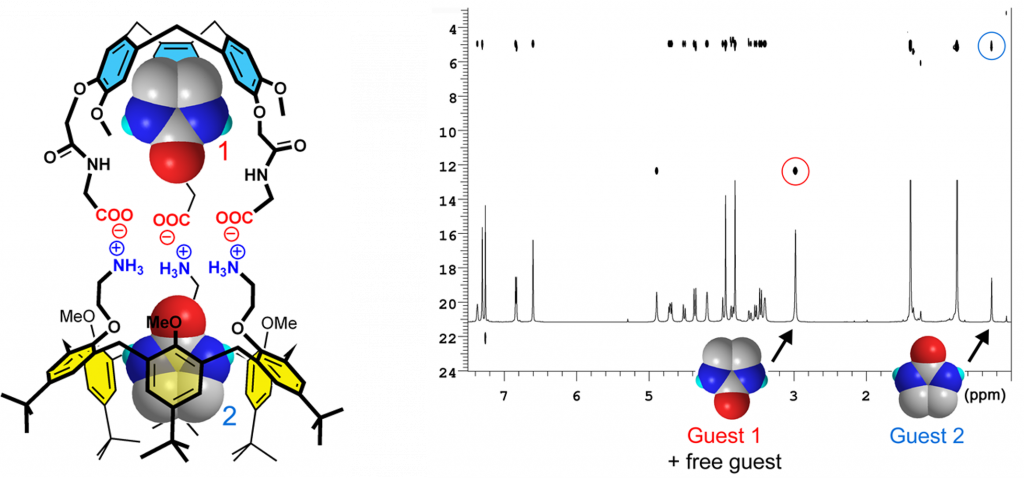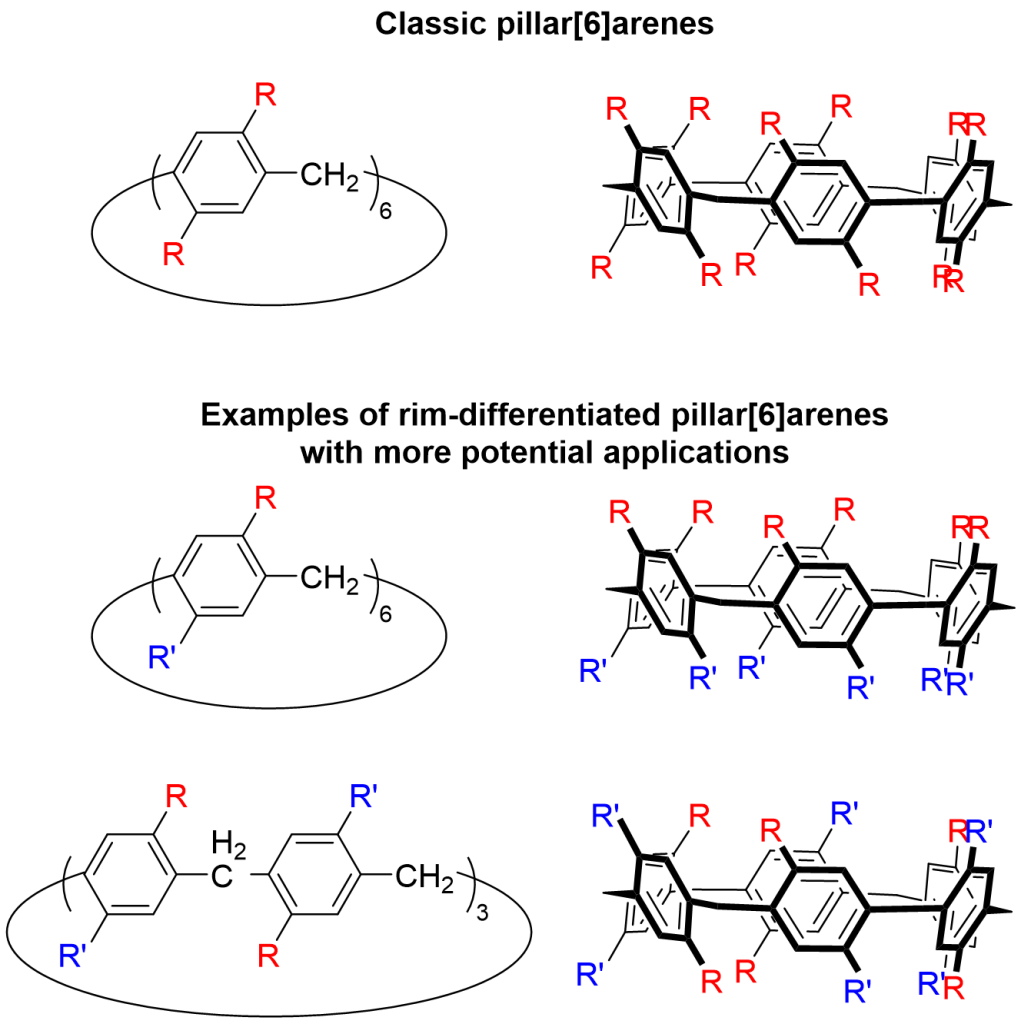On this page, we present a non-exhaustive list of current research topics in our laboratory.

Characterization of new copper complexes and study of their photoreactions
Innoviris Bridge 2019 – 2022; PhotoCop: Sustainable Photocatalysis with Copper Complexes;
Project in collab. at ULB with G. Evano, C. Moucheron and I. Jabin
Homogeneous photocatalysis has been largely dominated by complexes based on noble metals, which have strong limitations, particularly in terms of availability, price and applications. Efficient and robust copper-based photocatalysts are yet to be discovered and this is the heart of the project. New copper complexes (first main objective of the project) and photocatalytic processes using these complexes (second main objective of the project) are developed following a global, integrated and systematic approach, involving catalysis, inorganic/organic chemistry, photochemistry, photophysical and mechanistic studies, and with particular attention to their generality and applicability.
1H, 13C, 31P … NMR measurements in 1 or 2 dimensions are used to characterize synthetic products, including new ligands and the corresponding copper complexes. Very specific NMR measurement protocols, with laser illumination of the sample within the superconducting magnet of the spectrometer via an optical fiber, must be developed and validated to study the photoreactions of the complexes, identify the reaction intermediates and thus elucidate the catalytic cycle(s). The radical intermediates will be characterized by Electronic Paramagnetic Resonance (EPR) measurements, also under laser illumination.
Development and application of CIDNP experiments for the study of photo-reactions of organometallic compounds
Photo-reactions of organometallic compounds are studied by NMR by illuminating the sample with a laser directly within the superconducting magnet of the spectrometer. The photo-reactions of certain Ru(II) complexes with biological targets (guanosine 5′-monophosphate, tyrosine, tryptophan) give rise to Chemically Induced Dynamic Nuclear Polarization: CIDNP. The (photo)-CIDNP originates from the hyperfine coupling within a pair of (photo-)chemically generated radicals which leads to a modification of the population distribution of nuclear spin states. In the NMR spectrum, reaction products are observed with signals whose intensity can be increased or decreased significantly compared to that observed at equilibrium (without illumination). Stationary CIDNP measures make possible, in particular, to identify the sites of photo-reaction and to characterize the radicals formed with the atomic resolution of NMR. They open up new perspectives for studying the photochemistry of Ru(II) or other transition metal complexes and for the characterization of biological (macro)molecules. The work is carried out in collaboration with the teams of C. Moucheron – A. Kirsch and N. Vaeck.


Physico-chemical studies of molecular receptors derived from calix[6]arenes
The team of I. Jabin develops molecular receptors derived from calix[n]arenes for selective sensing applications (sensors, recognition) and catalysis. In addition to the structural characterization of the supramolecular species formed, NMR work concerns the detailed physico-chemical description of molecular recognition processes (thermodynamics, dynamics and kinetics aspects).
Selective synthesis of rim-differentiated pillar[6]arenes to access new applications
Project led by R. Lavendomme in collab. at ULB with I. Jabin and funded by the FNRS.
Pillar[n]arenes are oligomeric macrocycles with a cylindrical cavity and used in various applications, notably as receptors in host-guest chemistry. These macrocycles can bear various chemical functions on both of their rims that are necessary for specific applications. Yet, it is challenging to introduce different functions on each rim with decent yields, thus limiting the number of applications available. This project aims to develop new methods to prepare rim-differentiated pillar[6]arenes selectively and explore the applications only accessible to these rim-differentiated macrocycles.
